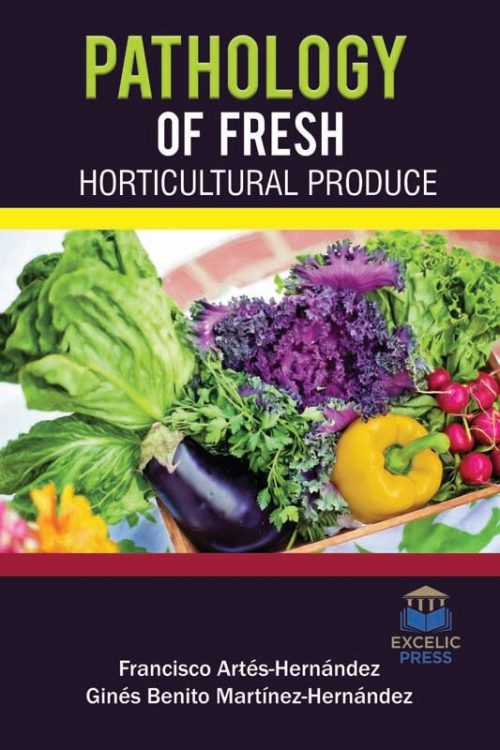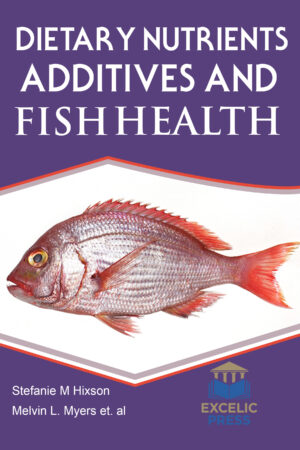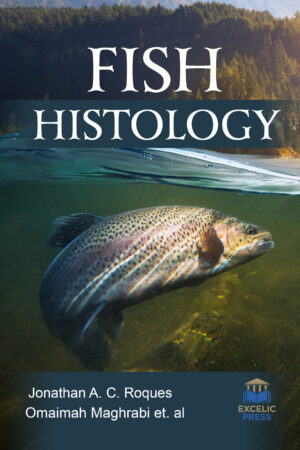Description
Fresh horticultural produce is known to be excellent sources of vitamins, minerals, fibers, carbohydrates, and other bioactive compounds. Furthermore, horticultural crops have high water content and are prone to desiccation or physical injury. The product is very delicate due to a quick metabolism and leads to significant postharvest losses due to microbial action, physical damage and decay after getting harvested. Thus, it is becoming crucial to maintain and improve the postharvest life of horticultural produce.
This book discusses the latest technology in horticultural produce, understanding the current knowledge about the physiology and pathology of produce and their primary causes of decay. It also discusses the prevalent methods of cold storage of fresh produce, delving especially into the rapid-cooling technique and treatments necessary prior to the shipping of the products. The book opens with a chapter that reviews the principles of emerging eco-friendly techniques for preserving the quality and safety of fresh-cut products in order to meet the expected market demand. Further, it explores the postharvest handling methods of berries. Strawberries, raspberries, and blackberries are widely regarded for their distinct juicy taste and rich antioxidant and bioactive compound content. But their postharvest life is very small owing to high respiration and the quick softening rate which makes them susceptible to physical injury and decay. Therefore, care should be taken in sorting, grading and packing berries during harvesting and in the postharvest period.
Reducing the onset of postharvest diseases has traditionally relied on the prolonged use of chemical fungicides. But nowadays, there has been an increase in the need for nonpolluting alternatives due to the harmful effects that conventional chemicals have on health and the environment. In this way, this book reveals the techniques of postharvest treatments with GRAS salts to control fresh fruit decay. The book presents a study that aims to improve the quality of Kaki fruit by using new treatment to reduce the rate of ripening and decrease astringency in the postharvest period. Fruit leathers are appreciated for their vibrant hues and have been used to make various products. Owing to this property, leather Kaki fruits were also investigated to improve the quality of fresh and processed fruit. There are many factors that need to be considered and controlled, such as temperature, humidity, gases used for storage, handling methods, etc.
The book concludes that understanding and managing pre and postharvest processes properly will lead to a reduction in losses. The book then focuses on the use of plant extracts for the management of fruits and vegetables, postharvest and also emphasizes the need for further research. Overall, the book focuses on a wide variety of pre- and postharvest strategies that have been established to change these physiological activities, subsequent to increased shelf life.





